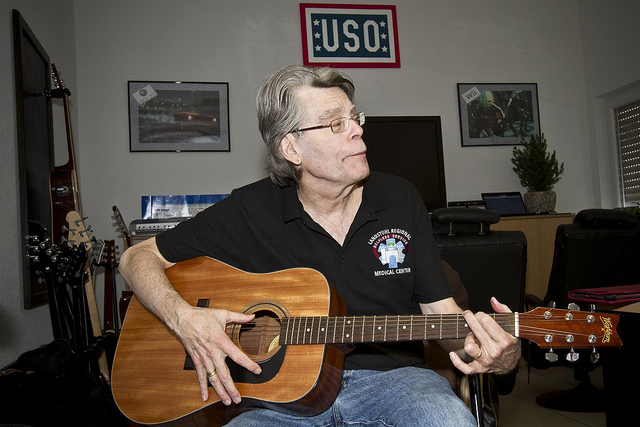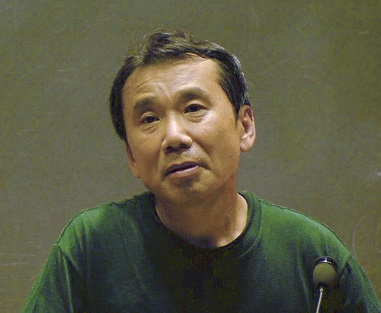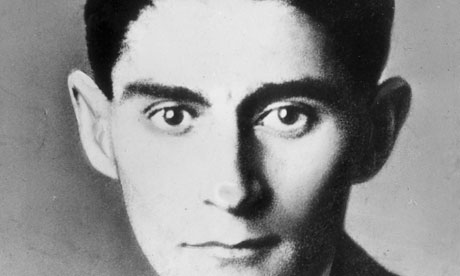The classic film Casablanca is perennially ripe for parody, but for some reason, its spoofs usually confine themselves to Rick’s Café Américain. It’s rare that anyone gets funny with the famous final scene, where (spoiler!) Humphrey Bogart’s Rick sacrifices his personal happiness, insisting that his beloved board a plane that will safely carry her and her husband, a leader of the Czech Resistance, away from Vichy-contolled Casablanca.
There are exceptions of course.
Bugs Bunny…
The Simpsons…
Woody Allen…
Saturday Night Live’s Kate McKinnon bests them all with a dewy-eyed Ingrid Bergman impression nailing the Swedish-born actress’ gloriously cinematic middle Atlantic accent, described by writer Trey Taylor in The Atlantic as a learned “hybrid of Britain’s Received Pronunciation and standard American English as it exists today.”
It’s a refreshing change to see the Ilsa character driving the laughs.
McKinnon’s scene partner, J.K. Simmons, gives an equally credible performance as Bogart’s Rick. The award-winning actor has demonstrable comic chops, but for this sketch, the writers wisely had him play it dead serious.
The players are further abetted by the design team’s faithful execution of the original, including costumes by Tom Broecker and Eric Justian. Who wouldn’t want to wear that hat?
Much of Julius J. Epstein, Philip G. Epstein, and Howard Koch’s original dialogue was left intact. It’s reproduced below for your scrutiny, along with Bogart and Bergman’s performance.
You’ll notice one significant line reassignment, necessitated by this Ilsa’s pragmatic response to the possibility of winding up in a concentration camp.
As in the original, love does not triumph, but they’ll always have Paris.
INT./EXT. AIRPORT HANGAR — NIGHT
Rick takes the letters of transit out of his pocket and
hands them to Renault, who turns and walks toward the hangar.
RICK
If you don’t mind, you fill in the names. That will make it even more official.
RENAULT
You think of everything, don’t you?
RICK
(quietly And the names are Mr. and Mrs. Victor Laszlo.
Renault stops dead in his tracks, and turns around. Both Ilsa and Renault look at Rick with astonishment.
ILSA
But why my name, Richard?
RICK
Because you’re getting on that plane.
ILSA
(confused) I don’t understand. What about you?
RICK
I’m staying here with him ’til the plane gets safely away.
Rick’s intention suddenly dawns on Ilsa.
ILSA
No, Richard, no. What has happened to you? Last night we said —
RICK
Last night we said a great many things. You said I was to do the thinking for both of us. Well, I’ve done a lot of it since then and it all adds up to one thing. You’re getting on that plane with Victor where you belong.
ILSA
(protesting) But Richard, no, I, I —
RICK
You’ve got to listen to me. Do you have any idea what you’d have to look forward to if you stayed here? Nine chances out of ten we’d both wind up in a concentration camp. Isn’t that true, Louis?
Renault countersigns the papers.
RENAULT
I’m afraid Major Strasser would insist.
ILSA
You’re saying this only to make me go.
RICK
I’m saying it because it’s true. Inside of us we both know you belong with Victor. You’re part
of his work, the thing that keeps him going. If that plane leaves the ground and you’re not with
him, you’ll regret it.
ILSA
No.
RICK
Maybe not today, maybe not tomorrow, but soon, and for the rest of your life.
ILSA
But what about us?
RICK
We’ll always have Paris. We didn’t have, we’d lost it, until you came to Casablanca. We got it back last night.
ILSA
And I said I would never leave you.
RICK
And you never will. But I’ve got a job to do, too. Where I’m going you can’t follow. What I’ve got to do you can’t be any part of. Ilsa, I’m no good at being noble, but it doesn’t take much to see that the problems of three little people don’t amount to a hill of beans in this crazy world. Someday you’ll understand that. Now, now…
Ilsa’s eyes well up with tears. Rick puts his hand to her chin and raises her face to meet his own.
RICK
Here’s looking at you, kid.
If McKinnon’s take on Ingrid Bergman leaves you screaming for more, here are Hillary Rodham Clinton, Justin Bieber and Ellen DeGeneres.
Related Content:
Watch Twin Beaks, Sesame Street’s Parody of David Lynch’s Iconic TV Show (1990)
A Fun Parody of Downton Abbey Features George Clooney & the Cast of the Show
The Beatles Perform in a Spoof of Shakespeare’s A Midsummer Night’s Dream, 1964
Ayun Halliday is an author, illustrator, and Chief Primatologist of the East Village Inky zine.Follow her @AyunHalliday





